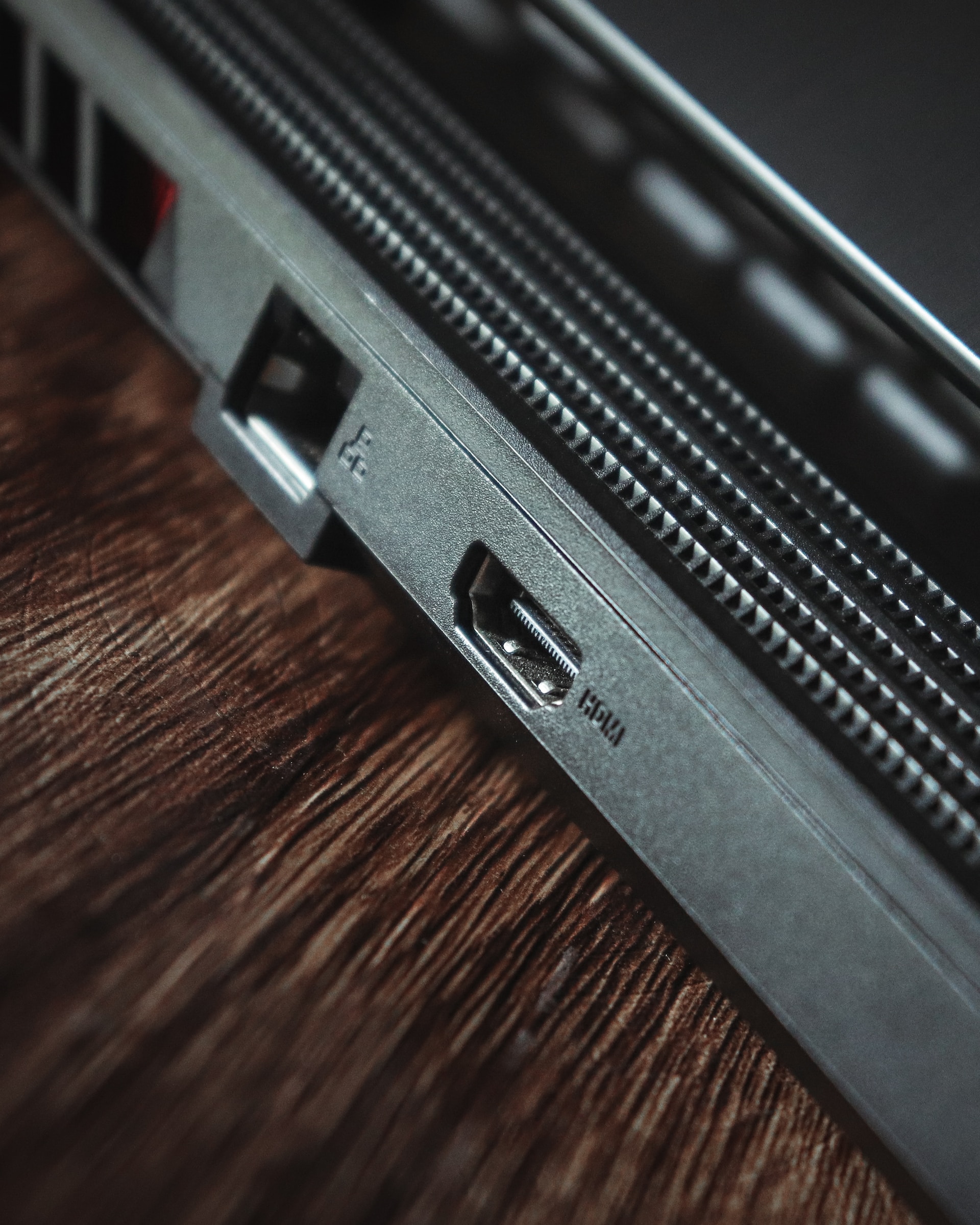The development of bionic legs driven by the nervous system marks a significant advancement in prosthetic technology. These sophisticated devices aim to restore a natural gait to amputees by leveraging the body’s own neural signals. This article explores the science behind these innovative prosthetics, their impact on users, and provides a comparative analysis of various technologies in the field.
Understanding Bionic Legs Driven by the Nervous System
Overview of Bionic Leg Technology
Bionic legs, or robotic prosthetic limbs, have undergone substantial evolution over the years. Modern bionic legs are equipped with advanced sensors, motors, and control systems that mimic natural leg movements. Traditional bionic legs often rely on manual controls or external sensors to operate, which can be cumbersome and less intuitive for users.
Integration with the Nervous System
The latest advancements in bionic leg technology involve integrating the prosthetic with the user’s nervous system. This integration is achieved through sophisticated interfaces that translate neural signals into prosthetic movements. Electromyography (EMG) sensors are commonly used to detect electrical activity in the remaining muscles or nerves, which is then used to control the bionic leg’s movements.
Benefits of Nervous System-Driven Bionic Legs
Restoration of Natural Gait
One of the primary benefits of bionic legs driven by the nervous system is the restoration of a natural gait. Unlike traditional prosthetics, which may require users to adjust their walking patterns, nervous system-driven bionic legs can adapt to the user’s natural walking rhythm. This adaptation helps in achieving a more fluid and natural gait, which is crucial for both functional and psychological well-being.
Enhanced Mobility and Independence
Users of these advanced bionic legs experience enhanced mobility and greater independence. The ability to perform everyday activities with minimal effort significantly improves the quality of life for amputees. These prosthetics provide better balance, stability, and coordination, making it easier for users to navigate various terrains and engage in physical activities.
Reduced Physical and Mental Fatigue
Traditional prosthetics can cause physical and mental fatigue due to the need for constant adjustment and effort to control movements. Nervous system-driven bionic legs reduce this fatigue by allowing more intuitive and natural control. This results in less strain on the user’s body and mind, contributing to overall better health and well-being.
Challenges and Considerations
Technological Complexity
The integration of bionic legs with the nervous system involves complex technology, which can be a barrier to widespread adoption. The sophisticated sensors and control systems required for this integration are costly and require specialized knowledge for maintenance and repair.
Cost and Accessibility
The cost of advanced bionic legs remains high, making them less accessible to many potential users. Insurance coverage and financial support for these prosthetics vary, which can limit their availability to those who need them the most.
Training and Adaptation
Adapting to a nervous system-driven bionic leg requires significant training and adjustment. Users need to learn how to use the prosthetic effectively, which can involve a steep learning curve. Rehabilitation and ongoing support are essential to help users fully benefit from the technology.
Comparative Analysis
To provide a comprehensive view of the current state of bionic leg technology, we compare traditional prosthetic legs with those driven by the nervous system. The following table outlines the key differences between these technologies.
Comparative Table
| Feature | Traditional Prosthetic Legs | Nervous System-Driven Bionic Legs |
|---|---|---|
| Control Method | Manual controls, external sensors | Neural signals, EMG sensors |
| Gait Adaptation | Requires user adjustment | Adapts to natural gait |
| Mobility | Generally less intuitive and fluid | Enhanced mobility and natural movement |
| User Fatigue | Higher physical and mental fatigue | Reduced fatigue |
| Cost | Typically lower | Higher |
| Complexity | Less complex | More complex |
| Training Required | Minimal | Significant |
| Accessibility | More widely available | Limited by cost and complexity |
Future Directions
Advancements in Technology
Future developments in bionic leg technology will likely focus on reducing complexity and cost while enhancing functionality. Innovations in materials science, machine learning, and neural interface technology may lead to more affordable and user-friendly prosthetics.
Improved Accessibility
Efforts to improve accessibility will be crucial in making these advanced prosthetics available to a broader population. This includes increasing insurance coverage, reducing production costs, and expanding support and training programs.
Integration with Other Technologies
Integrating bionic legs with other emerging technologies, such as virtual reality and advanced rehabilitation tools, could enhance the user experience and aid in the adaptation process. These integrations may also contribute to more personalized and effective treatment plans for amputees.
Analysis Table
| Aspect | Description |
|---|---|
| Technology Integration | Uses neural signals for intuitive control |
| User Impact | Enhances gait, mobility, and reduces fatigue |
| Challenges | High cost, complexity, and training needs |
| Future Outlook | Focus on reducing costs and improving access |
In summary, the development of bionic legs driven by the nervous system is a promising advancement in prosthetic technology. As research and development continue, these innovations have the potential to transform the lives of amputees, offering a more natural and intuitive means of mobility.
Conclusion
Bionic legs driven by the nervous system represent a significant leap forward in prosthetic technology, offering the potential to restore a natural gait and improve the quality of life for amputees. While challenges such as cost and technological complexity remain, ongoing advancements hold promise for making these sophisticated devices more accessible and effective. As the field continues to evolve, the goal is to provide better solutions for amputees, enhancing their mobility, independence, and overall well-being.











